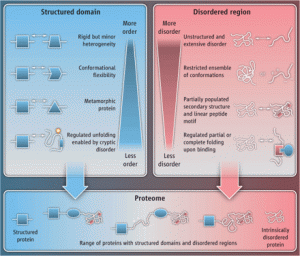Molecular signatures of G-protein-coupled receptors published in Nature
In this work, we objectively compare known structures and reveal key similarities and differences among diverse GPCRs. We identify a consensus structural scaffold of GPCRs that is constituted by a network of non-covalent contacts between residues on the transmembrane helices. By systematically analysing structures of the different receptor–ligand complexes, we identify a consensus ‘ligand-binding cradle’ that constitutes the bottom of the ligand-binding pocket within the TM bundle. Furthermore, our comparative study suggests that the third TM helix has a central role as a structural and functional hub. The paper can be found here and the press release by MRC can be found here. Our work was No. 1 in Nature’s top 10 downloaded articles in February 2013, featured in Nature’s GPCR focus section and mentioned in the cover page.





